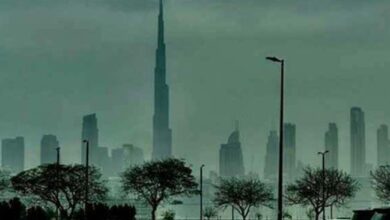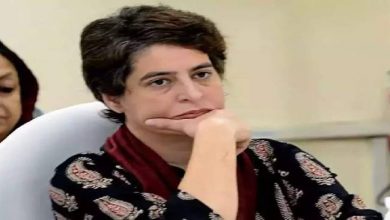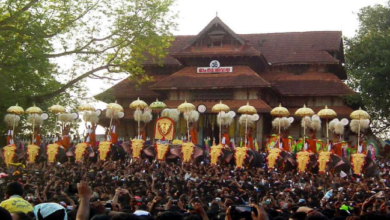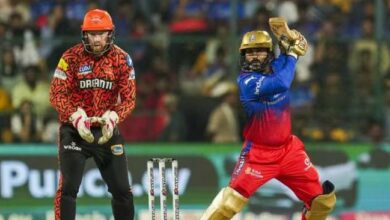Happy Mahashivrathri to everyone : Myths behind the observation of Mahashivrathri
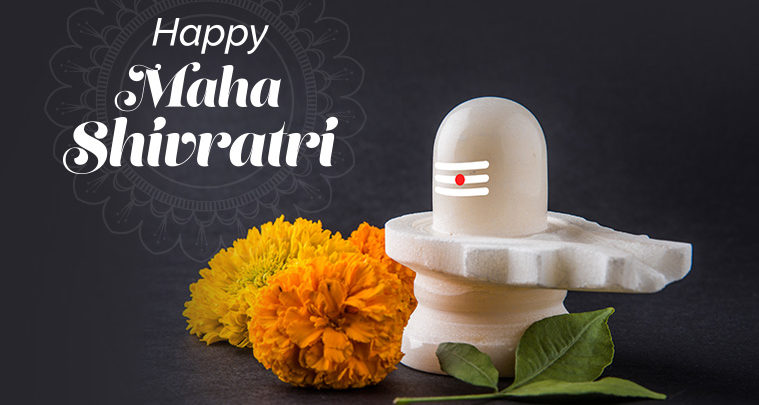
There are many myths behind the observation of Mahashivrathri The name of the festival that implicates to the ‘great night of Shiva’ is celebrated with fanfare and enthusiasm by the Hindu community across India and some parts of Nepal.
As per the Hindu calendar, Shivratri is celebrated on the new moon day in the month of Maagha. Dedicated to Lord Shiva, the festival owes its origins to several versions, one of them being a celebration of Shiva and Parvati’s marriage to each other.
According to some, Shivratri is celebrated as the day when Shiva saved the world from the pot of poison that emerged from the ocean during Samudra Manthan. If legends are to be believed, Lord Shiva drank the poison and stored it in his throat- which made his throat turn blue (which is why he also came to be known as Neelkanth).
Yet another legend goes on to say that Shivratri is celebrated as the day when Brahma and Vishnu got into a major tiff about their supremacy over each other and an angry Lord Shiva punished them by taking the form of a massive fire that spread across the length of the universe.
Vishnu and Brahma then got into the race to find the end of the fire and prove their prowess–only to be dismayed. Brahma resorted to a lie, and angered Shiva greatly who cursed that no one would ever pray to him.
Though for some the festival of Mahashivratri is celebrated during the day, others celebrate it during the night by organizing a series of ‘jaagrans'(a night-long celebration replete with prayer ceremonies and religious hymns).
Shivratri festivities differ in various parts of India. Where in Southern Karnataka children have the leverage to indulge in mischief and then ask for punishment (symbolic of Shiva punishing Brahma for lying).
Kashmiri Brahmins celebrate Lord Shiva’s marriage to Parvati by starting the festivities 3-4 days prior to the main festival.
Out of the 12 Shivratris in the year, the Mahashivratri is considered to be the most auspicious one.
The festival is not only celebrated in India and Nepal but also in parts of West Indies which apparently over 400 temples across the country.
Once again wishing all our readers a spiritual and positive day

